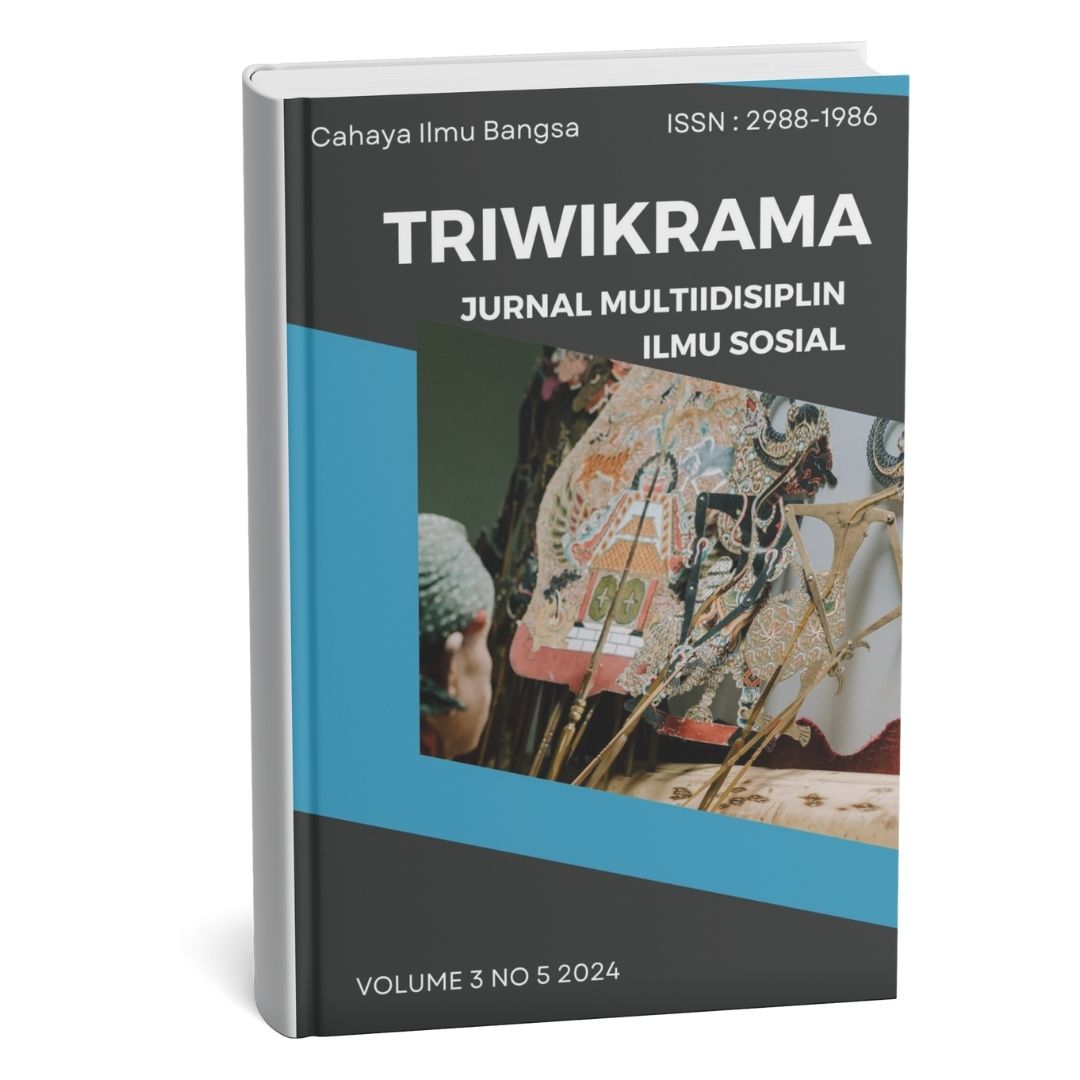FUNGSI DEKKI KORRU PADA MASYARAKAT KAMPUNG TARUNG, KABUPATEN SUMBA BARAT, NUSA TENGGARA TIMUR
Main Article Content
Abstract
Tradisi dekki korru adalah salah satu bentuk salam tradisional khas masyarakat Sumba. Tradisi ini dilakukan dengan cara menyentuhkan ujung hidung antara dua orang sebagai bentuk sapaan, penghormatan, atau ungkapan kasih sayang dan persaudaraan. Penelitian ini bertujuan untuk menjelaskan pelaksanaan tradisi dekki korru di Kampung Tarung, Kabupaten Sumba Barat, Nusa Tenggara Timur, sebagai norma sosial serta menggali fungsi dan makna dari tradisi tersebut dalam kehidupan masyarakat setempat. Metode yang digunakan dalam penelitian ini adalah kualitatif dengan pendekatan etnografi, melalui teknik observasi partisipatif, wawancara mendalam, dan studi kepustakaan, dan studi dokumen. Permasalahan dalam penelitian dianalisis secara mendalam melalui teori fungsional struktural yang dikemukakan oleh Robert K. Merton untuk memahami peran sosial dari tradisi dekki korru dalam mempertahankan struktur sosial masyarakat, serta pendekatan interpretatif simbolik dari Clifford Geertz untuk mengungkap makna simbolik di balik praktik budaya ini. Hasil dari penelitian menunjukkan bahwa tradisi dekki korru merupakan warisan budaya yang dilaksanakan secara turun-temurun dan tidak membedakan jenis kelamin, status, kelas sosial, maupun usia. Tidak hanya sekedar cara untuk menyapa, tetapi juga dekki korru secara manifes berfungsi sebagai salam lokal, penhormatan, dan kasih sayang. Sedangkan fungsi laten sebagai pertahanan identitas budaya dan mempererat solidaritas sosial. Makna simbolik dari dekki korru bukan hanya tindakan fisik menyentuhkan hidung, melainkan mengandung makna sosial, emosional, dan spiritual. serta terdapat 21 jenis dekki korru, masing-masing dengan makna yang berbeda.
The dekki korru tradition is a form of traditional greeting typical of the Sumbanese people. This tradition is carried out by touching the tips of the noses between two people as a form of greeting, respect, or an expression of affection and brotherhood. This research aims to explain the implementation of the dekki korru tradition in Tarung Village, West Sumba Regency, East Nusa Tenggara, as a social norm and explore the function and meaning of this tradition in the lives of local people. The method used in this research is qualitative with an ethnographic approach, through participant observation techniques, in-depth interviews, and literature study and document study. The problems in the research were analyzed in depth through the structural functional theory put forward by Robert K. Merton to understand the social role of the dekki korru tradition in maintaining the social structure of society, as well as the symbolic interpretive approach of Clifford Geertz to reveal the symbolic meaning behind this cultural practice. The results of the research show that the dekki korru tradition is a cultural heritage that has been carried out from generation to generation and does not differentiate between gender, status, social class and age. Not only is it just a way to greet, but alsodekki korru manifestly functions as a local greeting, respect and affection. Meanwhile, the latent function is to defend cultural identity and strengthen social solidarity. The symbolic meaning of dekki korru is not just the physical act of touching your nose, but is a cultural symbol that is full of 21 different meanings.
Downloads
Article Details
Section

This work is licensed under a Creative Commons Attribution-NonCommercial-ShareAlike 4.0 International License.
How to Cite
References
Boli, Yulius. (2016). Marapu: Sistem Religi Tradisional Orang Sumba. Jakarta: Kompas.
Geertz, Cliffortz, 1973, The Interpretation of Cultures, New York: Basic Books Inc.
Hall. (1959). “Culture is communication and communication is culture” The Review of Communication, 6(1-2), 124-130.
Hartono & Astuti. (2004). Statistik untuk Penelitian. Yogyakarta: Pustaka Pelajar.
Koentjaraningrat. (1989). Pengantar Ilmu Antropologi. Jakarta: Rineka Cipta.
Merton, R. K. (1968). Social Theory and Social Structure. New York: The Free Press. 1968 Enlarged Edition.
Moleong, L. J. (2011). Metodologi Penelitian Kualitatif. Bandung: PT. Remaja Rosdakarya.
Oetomo, H. (2012). Pedoman Dasar Pendidikan Budi Pekerti. Jakarta: PT. Presatasi Pustakaraya.
Spradley, J.P. 1997. Metode Etnogra fi. Terjemahan oleh Misbah Yulfa Elisabeth.Yogyakarta : PT Tiara Wacana Yogya.
